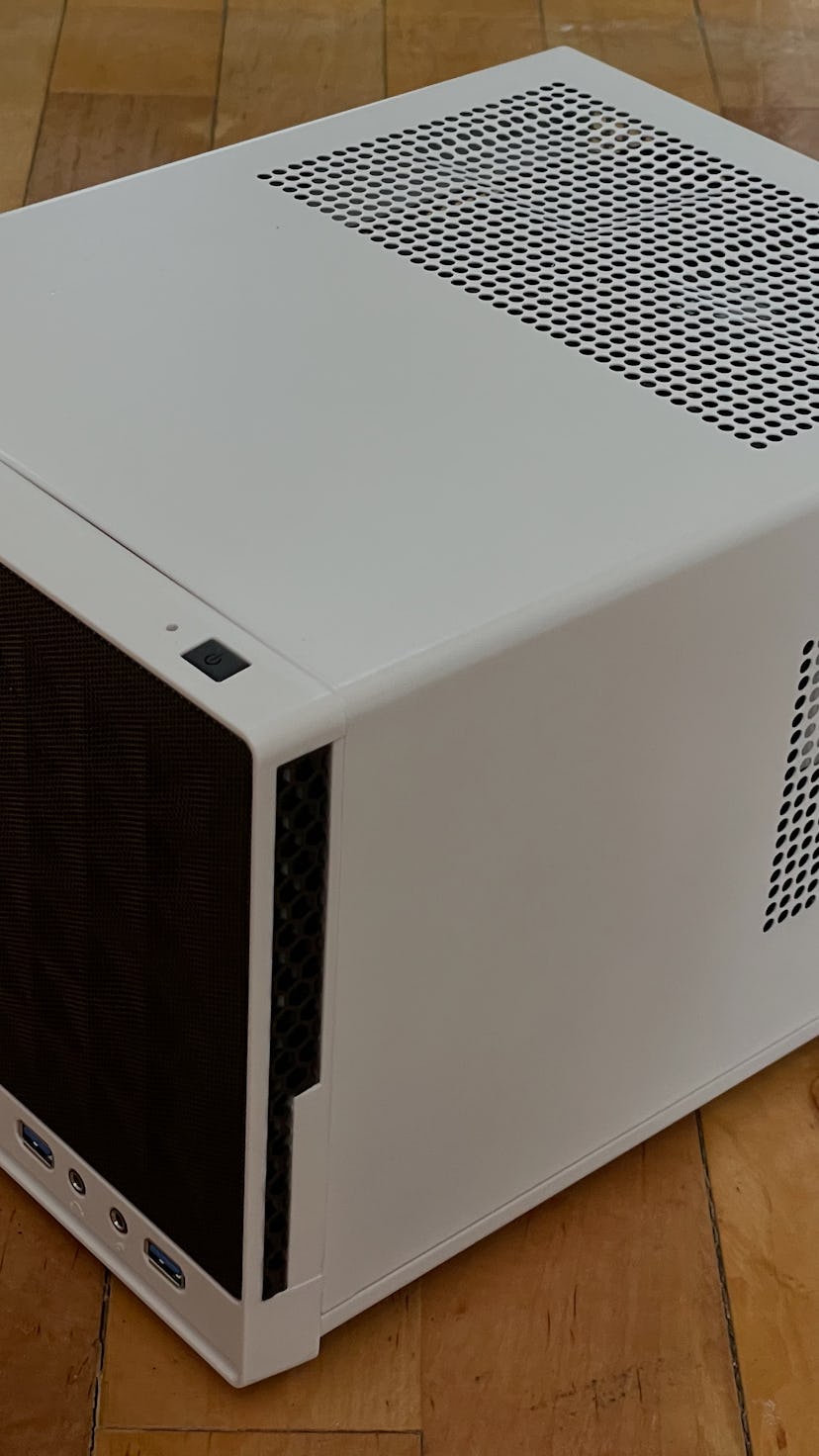Gaming on a PC requires as much usage of your computer’s components as possible and, even with companies like NVIDIA building dedicated encoding chips into their graphics cards, streaming on the same machine is going to steal away resources that could otherwise be put towards running a game.
Call of Duty: Warzone is a prime example of this. Even keeping the resolution at 1080p on a GeForce RTX 2080 super, the game doesn’t come close to hitting 60fps when simultaneously streaming.
Plus a streaming PC is relatively affordable, mostly because it doesn’t require an expensive (and almost impossible to buy) graphics card.
ASRock B560M-ITX/AC
ASRock’s B560M isn’t going to win any awards, but it works and it’s cheap (the classic ASRock sales pitch).
Keep in mind that while you don’t need a dedicated GPU, you will need some kind of GPU, so make sure you choose a processor with one. I did, so this ITX board’s sole PCI-E slot will go to the capture card.
Input may receive a portion of sales if you purchase a product through a link in this article. We only include products that have been independently selected by Input's editorial team.
$94.99 on NewEgg
Intel i5-10400
Intel’s i5-10400 is a chip that offers good multi-threaded performance thanks to its hexacore design at a very reasonable price. It does have an integrated GPU and comes with a cooler.
$159.99 on Amazon
Elgato HD60 Pro
A capture card is a device that re-encodes incoming video (either from another computer or a game console) so that it can be livestreamed to Twitch and other platforms. It does this by using specialized hardware to take the load off of the CPU.
Elgato’s HD60 Pro is great for someone starting out, but if you want to step up to 4K you can opt for the Elgato 4K60 Pro for $249.99, which is what I did.
$179.99 on Amazon
On the software side, I recommend Logitech’s Streamlabs OBS. It has all the great functionality of the original Open Broadcasting Software, while sprinkling Logitech’s accessible plug-ins and overlays on top.
